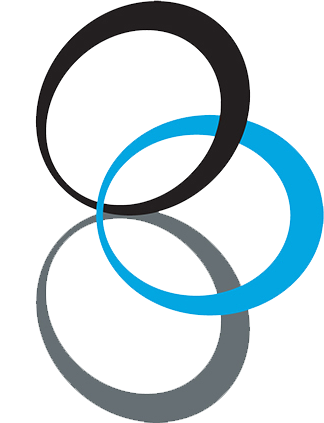 You don’t need a crystal ball to know that health care costs will continue to climb. According to PwC’s Health Research Institute, growth fluctuated between five and a half and seven percent the past five years and is expected to increase six percent this year.
You don’t need a crystal ball to know that health care costs will continue to climb. According to PwC’s Health Research Institute, growth fluctuated between five and a half and seven percent the past five years and is expected to increase six percent this year.
The good news is that the more we learn about what’s causing the increase, the more insight we’ll gain to stem the tide.
The Journal of the American Medical Association (JAMA) attributes the annual increase to several factors:
Insurance Costs: According to the National Conference of State Legislatures, the average annual premium for family health care coverage in 2018 was $19,616. The rates for 2019 are expected to be about three percent higher. Health insurance premiums go up with inflation, but also reflect the high price of new diagnostic and treatment procedures and drugs. Experts also cite government policies and programs, like Medicare and Medicaid, for increasing demand for health care, as well as lifestyle changes.
Chronic Diseases: Almost half of all Americans have a chronic illness, such as diabetes and heart disease. The JAMA study authors reported that diabetes and heart disease alone are responsible for 85 percent of health care costs.
Skipping Medical Care: Along with higher premiums, Americans have to pay more out of pocket costs, and many skip seeking medical care because of the costs. A West Health Institute and University of Chicago poll revealed that over the past year 44 percent of Americans refused to go to a doctor because of cost concerns.
Lack of Transparency: It’s difficult to get the best price for a procedure if you can’t discover its cost. Lack of transparency also means that providers can inflate the cost of a procedure. While the Trump administration now requires hospitals to post their prices online, some experts say it won’t help because the way codes and prices are posted now is confusing.





